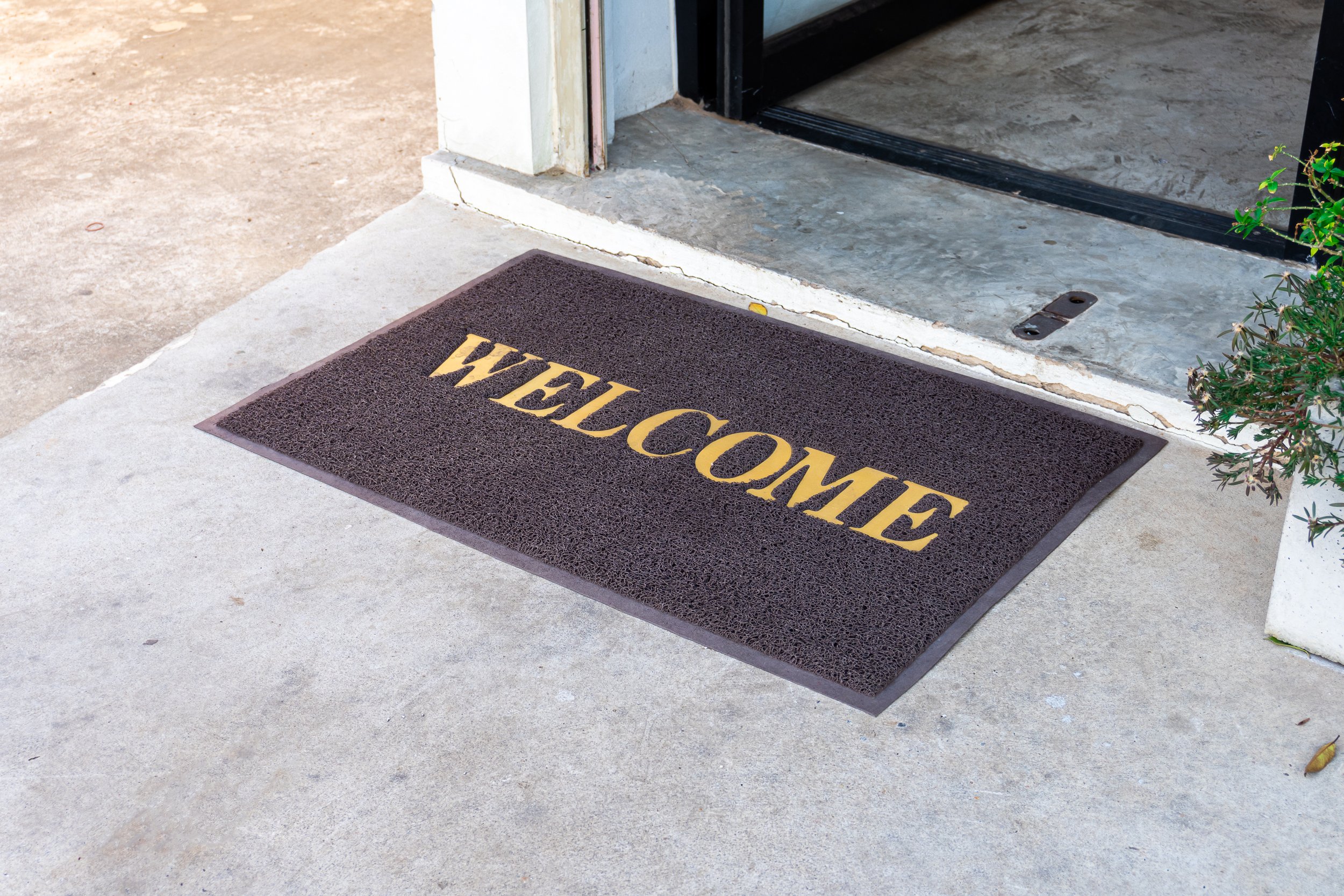IMPORTANCE OF USING MATS
Slips, Trips and Falls 3/3
Incidents involving slips and trips in retail establishments are one of the highest causes of claims. There can be a variety of causes for slipping and tripping outside or inside premises. To reduce your risk of falls at your facility, review below some of the common areas that we find where these falls may occur and prevention methods to reduce and/or eliminate the exposure.
Floor Mats
Use a good quality floor mat that will lay flat to reduce them from being a tripping hazard.
Floor mats should have a beveled edge to reduce tripping.
Replace mats that show wear, such as buckling, have corners curled up, or damaged in a way that may cause a tripping hazard.
Pick a floor mat that will not move on the floor when stepped on.
Use a floor mat designed for the area. If the area is wet or slippery from other product make sure the floor mat is designed to stay in place if stepped on. Check with your vendor for the best floor mat for the intended area. Although a floor mat is designed to be slip-resistant you want to check before customers use.
Make sure the floor is dry underneath the floor mat.
Make sure floor mats do not overlap each other if laying more than one together. This can become a tripping hazard
Inspect mats daily for condition and to make sure they are lying flat.
Keep mats clean.
Other Slipping and Tripping Considerations
Keep walkways clear of clutter.
Electrical cords can become tripping hazards from equipment. Install permanent wiring to avoid using extension cords that can increase tripping and fire hazards.
Towels used in some establishments may get left on the floor or fall from shelves patrons or employees may slip on.
If there are items used in the space that customers use inspect the area after use to ensure it is free of slipping or tripping hazards.
Employees can wear slip resistant foot wear for added protection.

